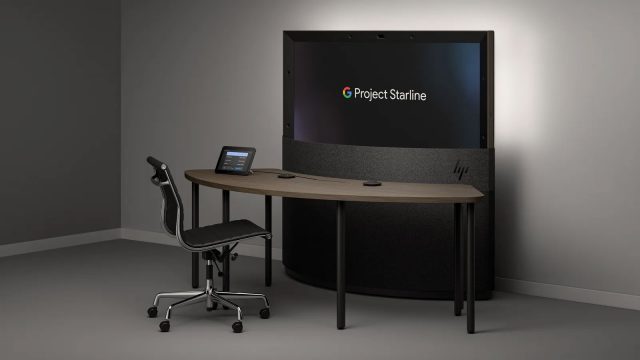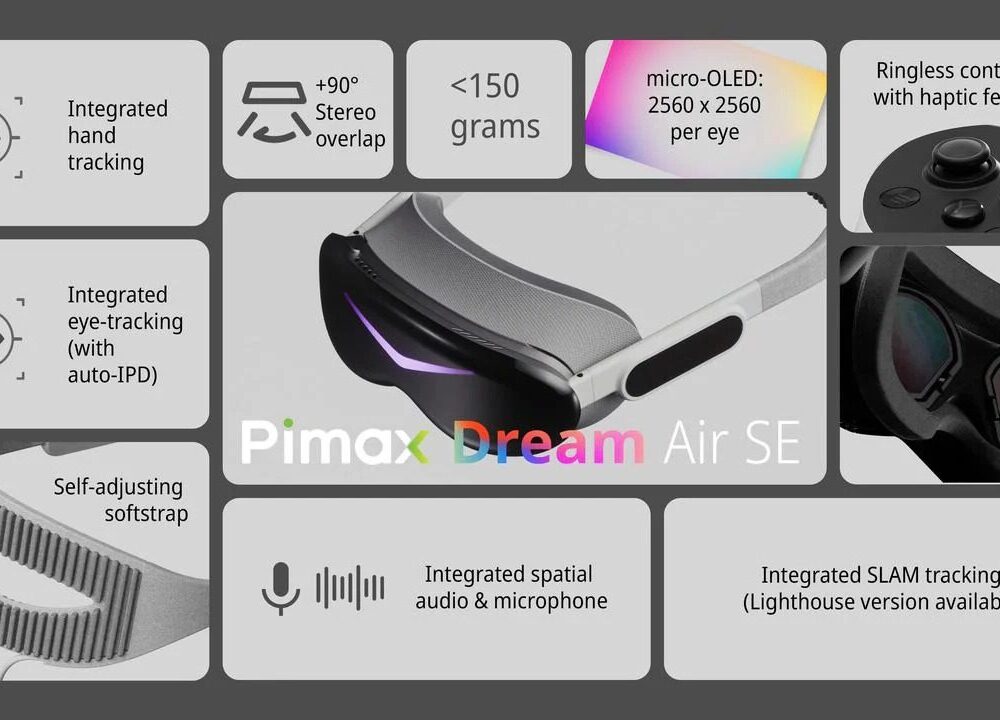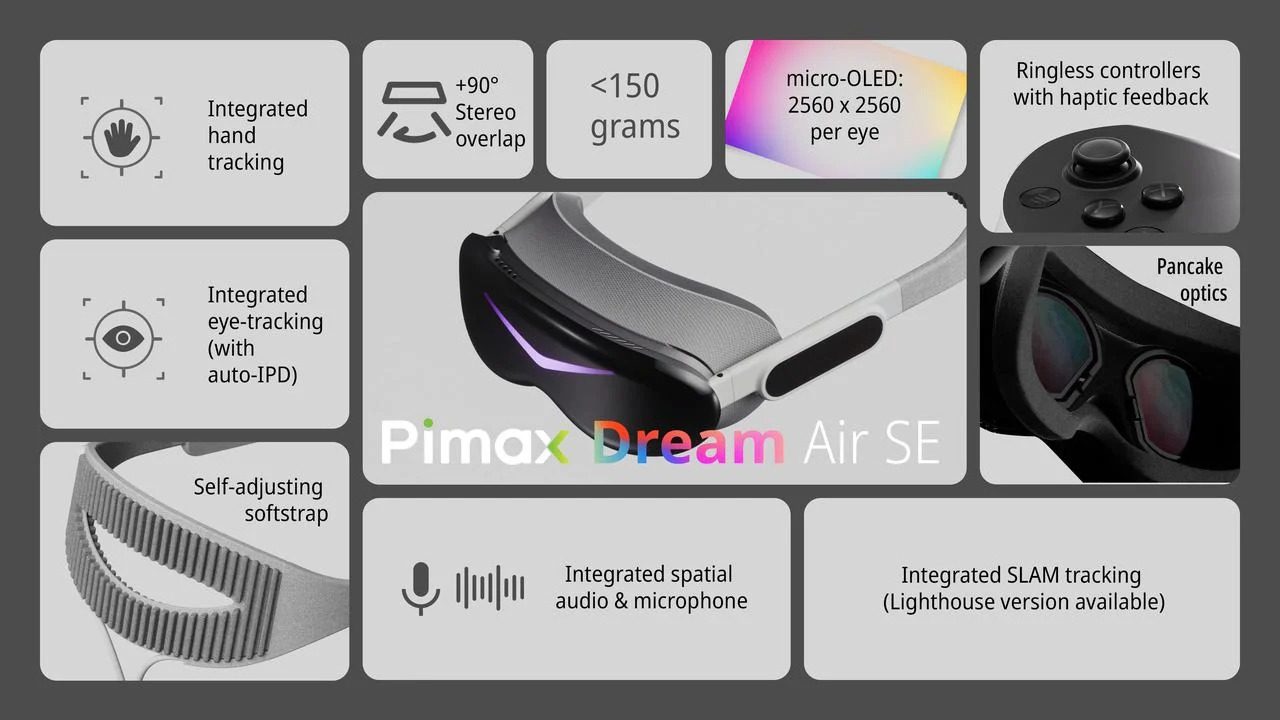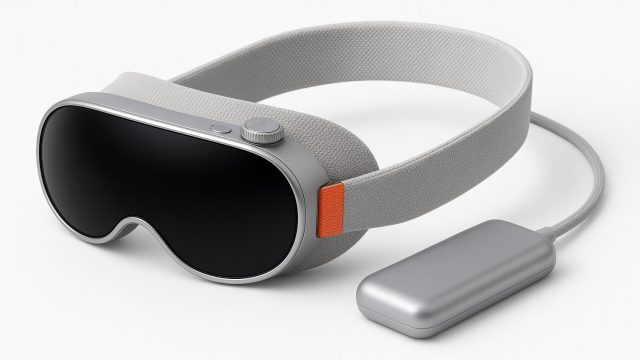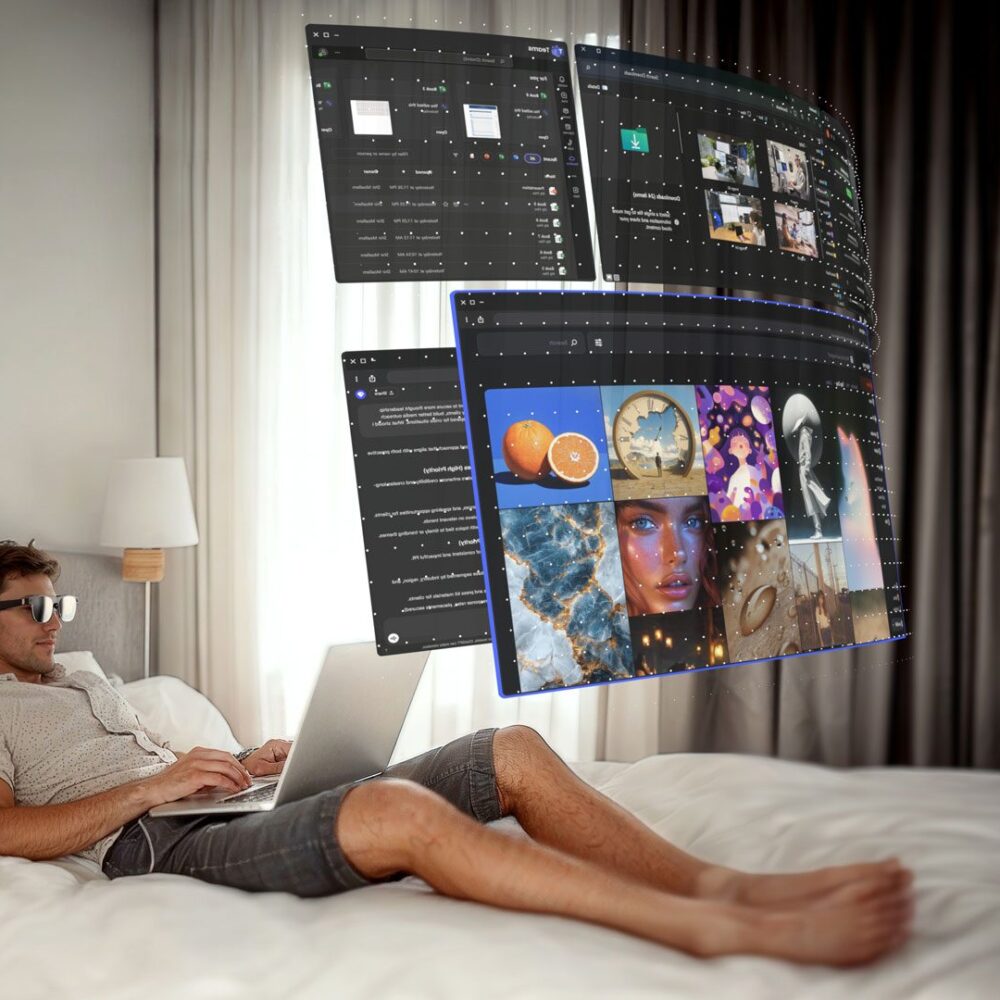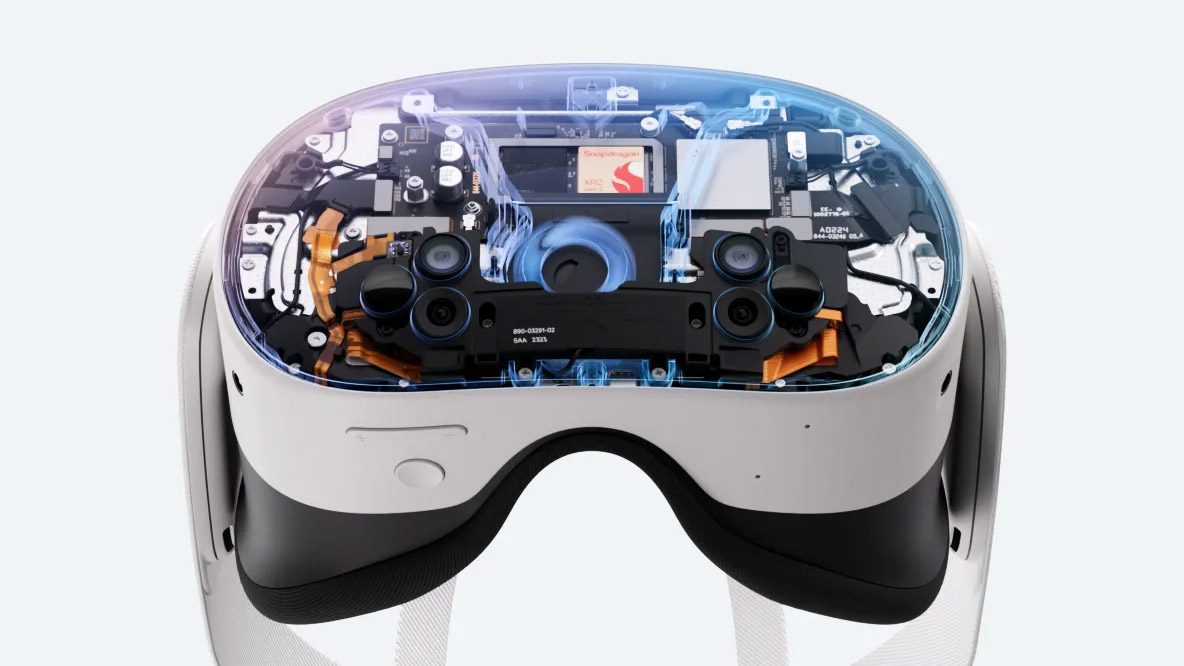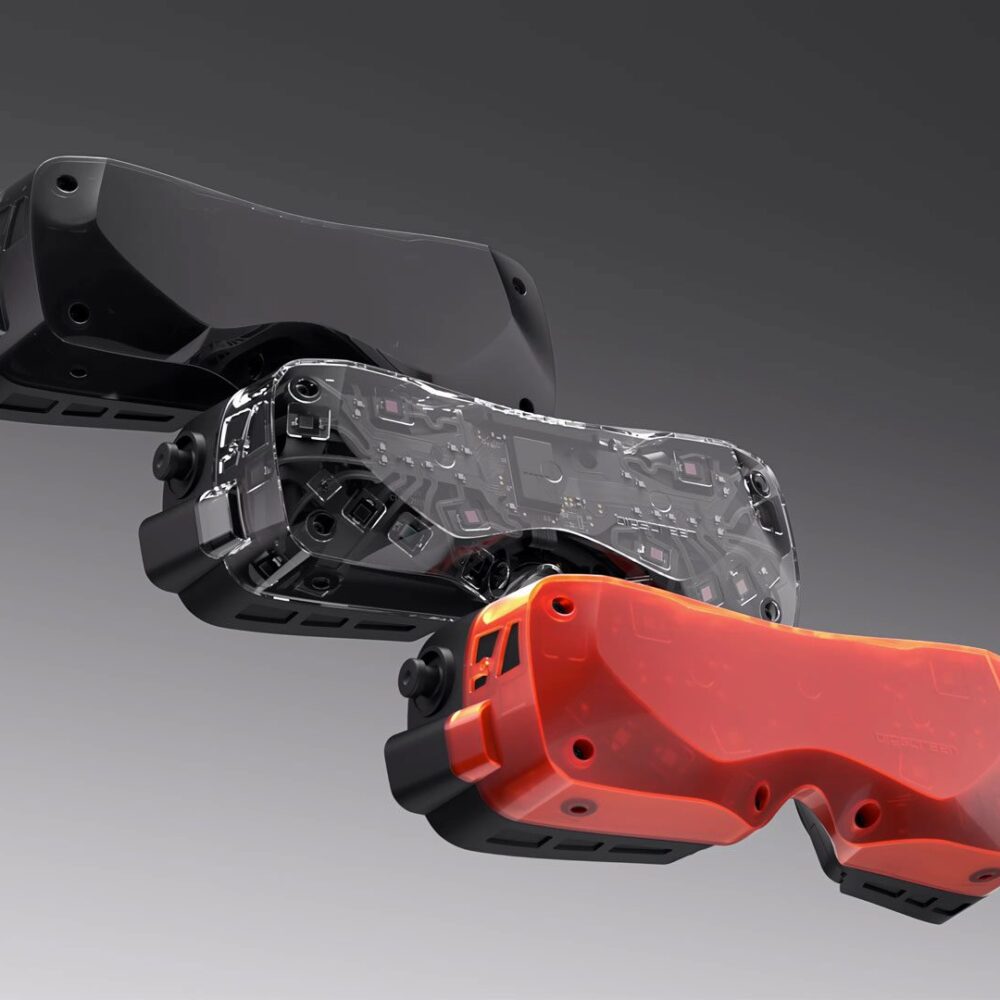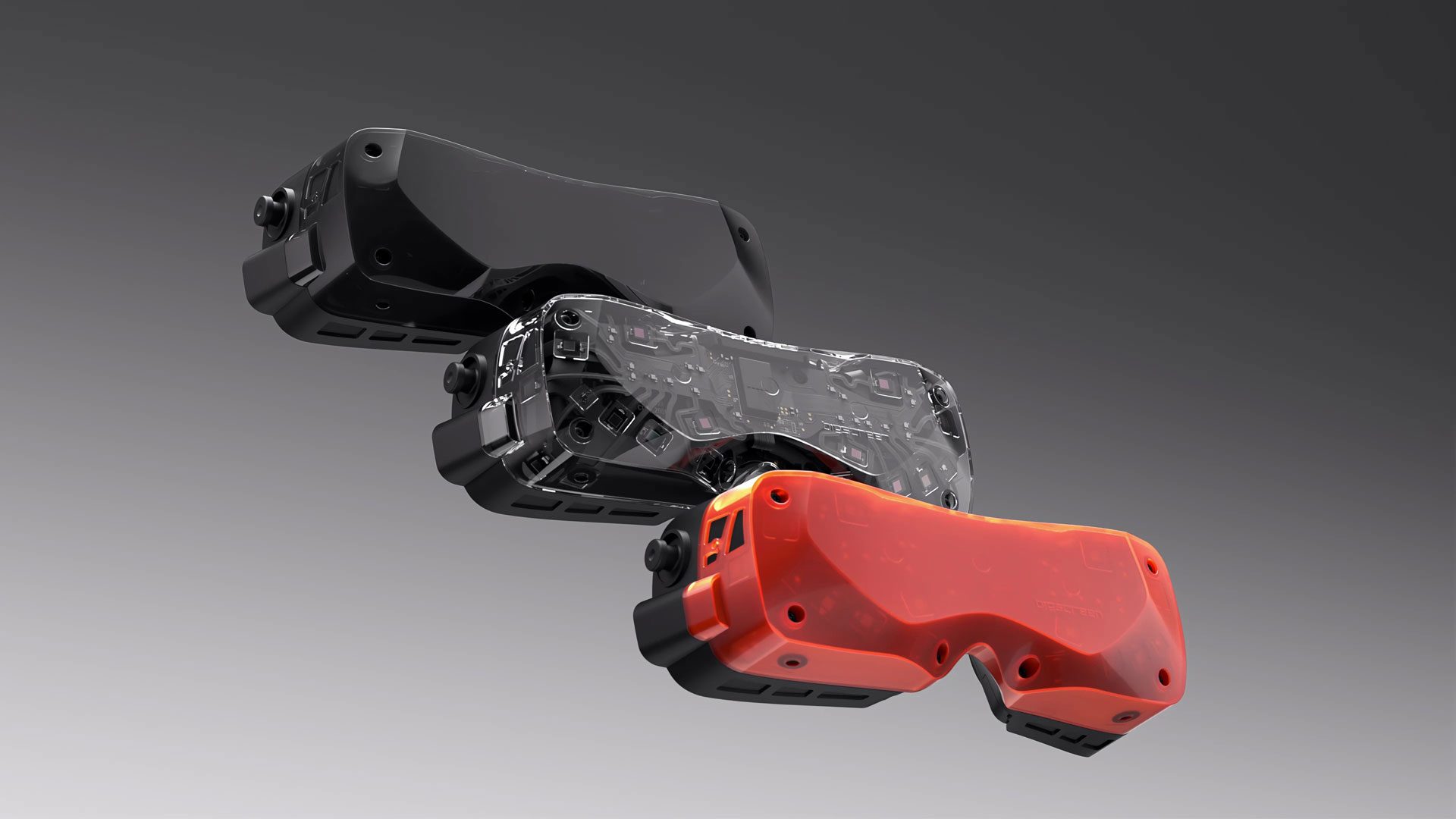Today at its annual I/O developer conference, Google affirmed plans to bring its Project Starline immersive videoconferencing platform to market with HP. While this partnership was confirmed last year, the product is now officially called Google Beam, with more info promised soon.
Google’s Project Starline is a platform for immersive videoconferencing which was first introduced in 2021. But rather than using a headset, the platform is built around cameras and a light-field display. The light-field display shows natural 3D depth without the need for the viewer to wear a headset or glasses. The goal, the company says, is to create a system that feels like two people are talking to each other face-to-face in the same room, rather than feeling like they are separated by a screen and cameras.

Google has been evolving the system over the years to improve usability and quality. Today the company showed a glimpse of the latest version of the system which it says is coming to market under the name Google Beam.
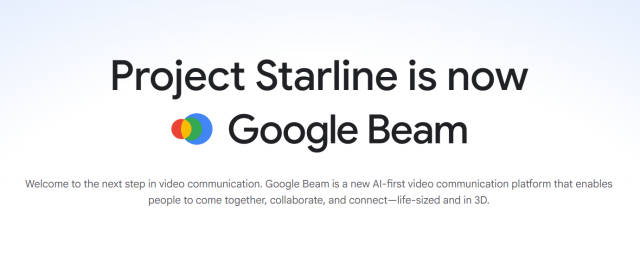
As confirmed last year, Google is working with HP to bring Google Beam to market starting this year with an initial focus on enterprise customers seeking high-quality videoconferencing. While details are still light, Google says that “HP will have a lot more to share a few weeks from now.”
